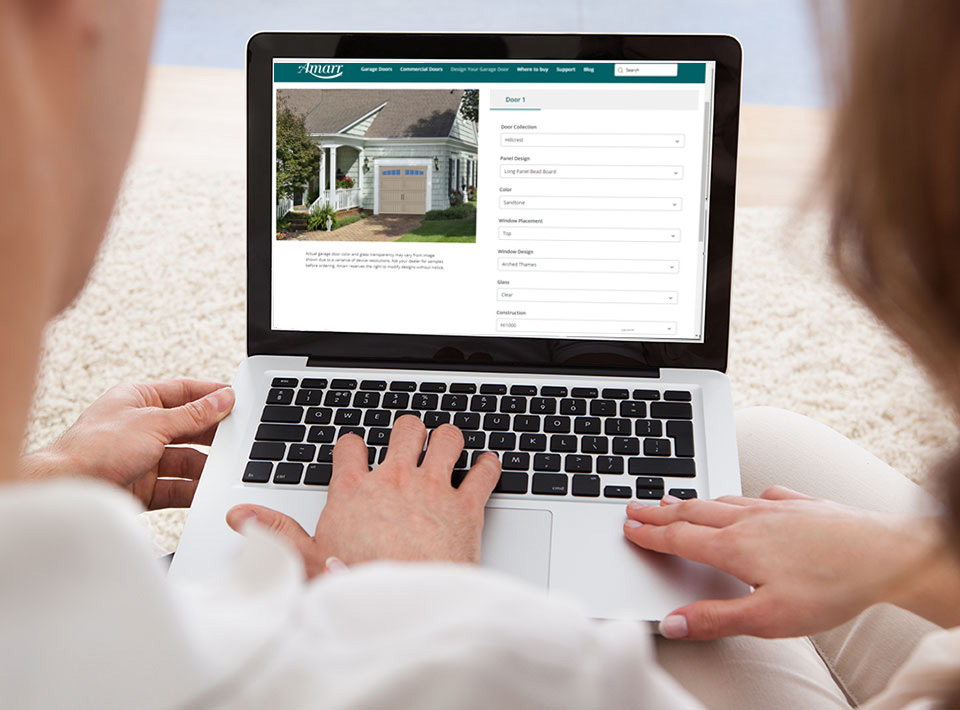Garage Door Safety 101: 7 Tips To Enhance the Safety of Your Garage Door
- Jan 13, 2025
- Safety & Security
- 6 minute read
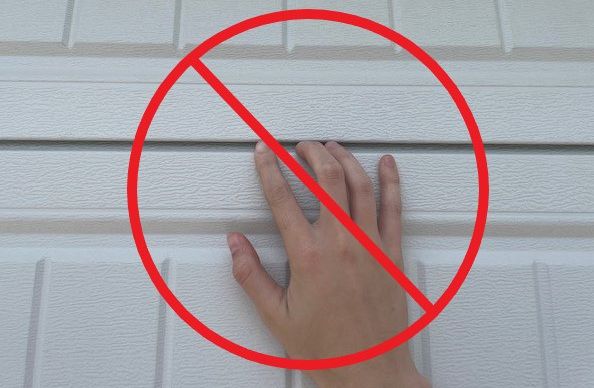
Garage doors may seem harmless, but without the right protections and safeguards in place, they can be incredibly dangerous. There are large springs under pressure and a lot of moving parts that can cause injury. Faulty openers or other outdated safety equipment are also important to be mindful of — especially if you’re attempting to perform garage door maintenance yourself.
Here, we’ll discuss some of the most hazardous components of residential garage doors followed by safety tips to help keep yourself and your small children protected.
Understanding the Dangers of Garage Doors and Garage Door Openers
Before discussing some safety tips, it’s important to understand where potential danger exists throughout a residential garage door system:
- Springs: Springs are perhaps the most dangerous part of a garage door installation. They’re under a significant amount of tension, which can cause severe injury if they break or are improperly handled during repair or replacement.
- Cables: These strong cords hold a heavy overhead door up. If a cable snaps or becomes frayed, it can cause the door to fall suddenly.
- Automatic openers: While the automatic opener itself is not typically dangerous, it’s important to adjust the force settings correctly. If set too high, the door might not reverse properly when it encounters an obstruction.
- Rollers: These allow the door to move smoothly along the tracks. Worn or damaged rollers can cause the door to operate unsafely.
- Safety sensors: This safety feature is designed to prevent the door from closing if something is in its path. If they’re misaligned or malfunctioning, the door could close on top of someone or something.
- Release cord: This cord disconnects the door from the automatic opener and is a standard safety feature on nearly every residential garage door. Improper use, especially when the door is not in the down position, can cause it to fall quickly.
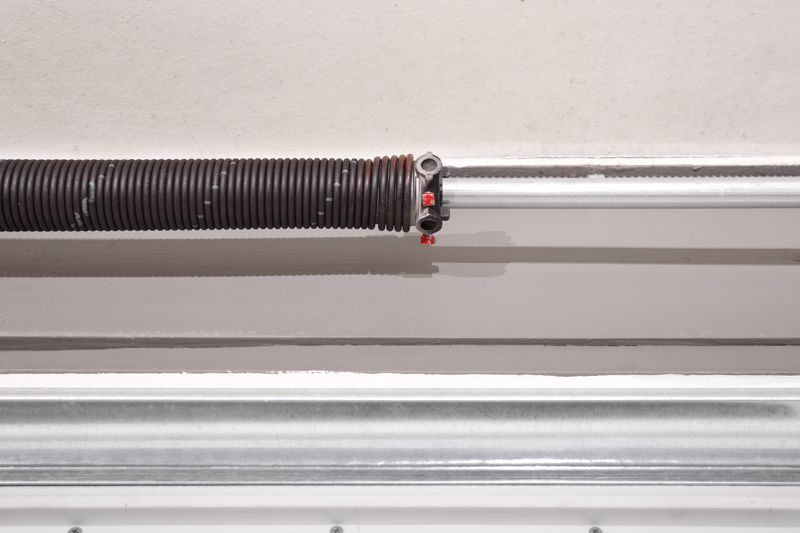
Remember: Performing even basic maintenance and garage door DIY projects can be dangerous. The garage door safety tips we’ll share include basic visual inspections and adjustments of less dangerous door parts. Extensive repairs and replacements should always be completed by a professional garage door technician.
7 Safety Tips To Make Your Garage Door Less of a Danger
These seven tips include performing visual inspections, safety cable installation and various testing methods that can help ensure your garage door is working as it should and that the proper safeguards are in place.
1. Visually Inspect Springs, Cables and Hardware
Regular visual inspections help you catch and remediate small issues or concerns before they become too hazardous. Every once in a while, check the springs, cables, rollers and other hardware for signs of wear and tear. Here are some tell-tale signs of damage you should keep an eye (or ear) out for:
- Frayed cables.
- Loose bolts.
- Unusual noises during operation.
2. Perform Regular Tests
Regularly testing garage door safety features helps ensure they work as intended. To test the automatic reverse function of the opener, place an object — like a 2×4 piece of wood or a roll of paper towels — under the door and close it. The door should automatically reverse when it touches the object. If it doesn’t, the auto-reverse function may need an adjustment.
To test the garage door safety sensors, take an object like a tennis ball and gently roll it underneath the door as it’s closing. If the sensors are working properly, the door should either stop or reverse depending on the type of garage door opener you have. If the sensors aren’t working, ensure they’re free of obstructions and check their alignment.
3. Install Safety Cables
If you have an overhead garage door with extension springs, safety cables should be installed. This simple yet effective safety feature helps contain an extension spring if it breaks so that it doesn’t fly across the garage and injure someone.
To check if your garage door has safety cables, simply open the door and look at the overhead extension springs. The cable runs through the middle of the spring, attaching at either end. If you can’t see any cord running through the center, we recommend installing one yourself or having a technician do it for you. If you do it yourself, always follow the manufacturer’s directions.
4. Use a Smart Opener
Smart garage door openers are more than just a functional upgrade. Most models allow you to monitor and control your garage door remotely, and some even provide alerts if the door is left open or if there’s unusual operation. Not only are these capabilities great for home security, but they can also help keep your children safe, too. For example, if you’re inside and the kids are playing outside and you get a notification that the door was opened, it may prompt further inspection to ensure everyone is safe.
5. Teach Children About Garage Door Safety
Speaking of children, if you have them, make sure they understand that the garage door is not a toy and not for playing. Equally important, teach them to keep their hands and fingers away from door joints, tracks and springs to avoid injury. Lastly, keep remote controls out of reach by placing them in inaccessible locations.
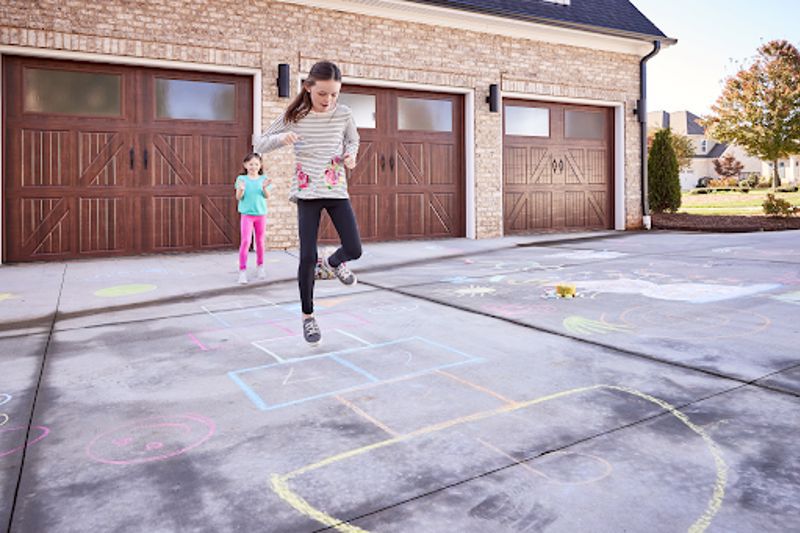
6. Get Regular Inspections
Having regular inspections done by a garage door professional is never a bad idea. If you believe there is something wrong with your door but aren’t sure what, you should always call a technician to come have a look. However, preventive inspections are a great safety strategy, too! Have a professional come out annually to ensure all components are functioning correctly. If they find something that needs minor adjustment or repair, they can likely do it on the spot.
7. Replace Your Garage Door When There’s a Problem
If your garage door has been malfunctioning for weeks or is otherwise not working as it should, don’t be afraid to replace it. If you’re unsure whether or not it’s time for an upgrade, consider the age and condition of your door and how long it’s likely to last based on the climate you live in or how often you use it.
While replacing a new garage door can be costly, it offers the highest return on investment of any home improvement project, which is good news for your wallet if you’re looking to sell or increase curb appeal. Still, if you don’t plan on moving, you cannot assign a value to safety.
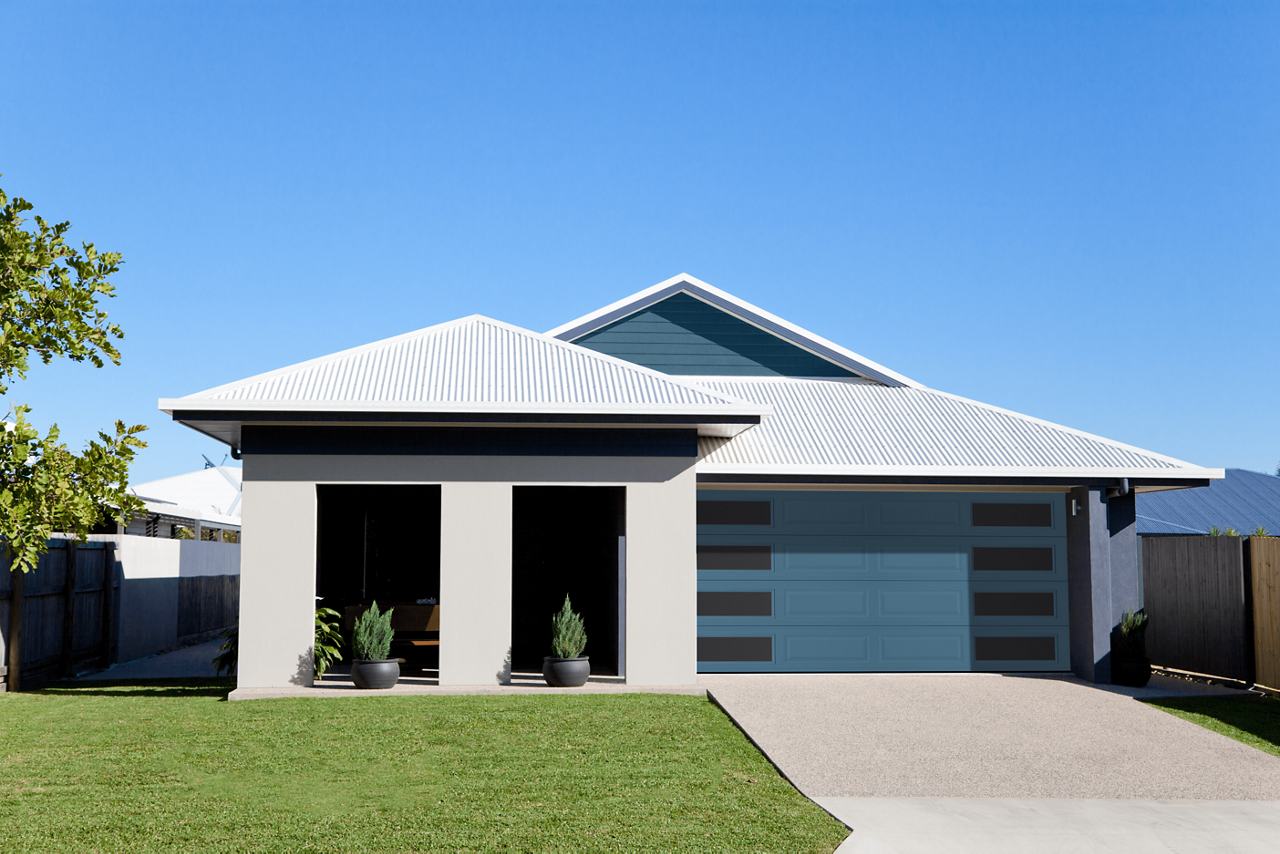
Upgrade to a Safer Garage Door With Amarr
Is your garage door showing signs of wear, making you concerned about safety? Sometimes, replacement is the safest option.
Amarr has a wide selection of residential garage doors for every style and budget, as well as a catalog of openers and safety features that can help keep you and your family safe.

